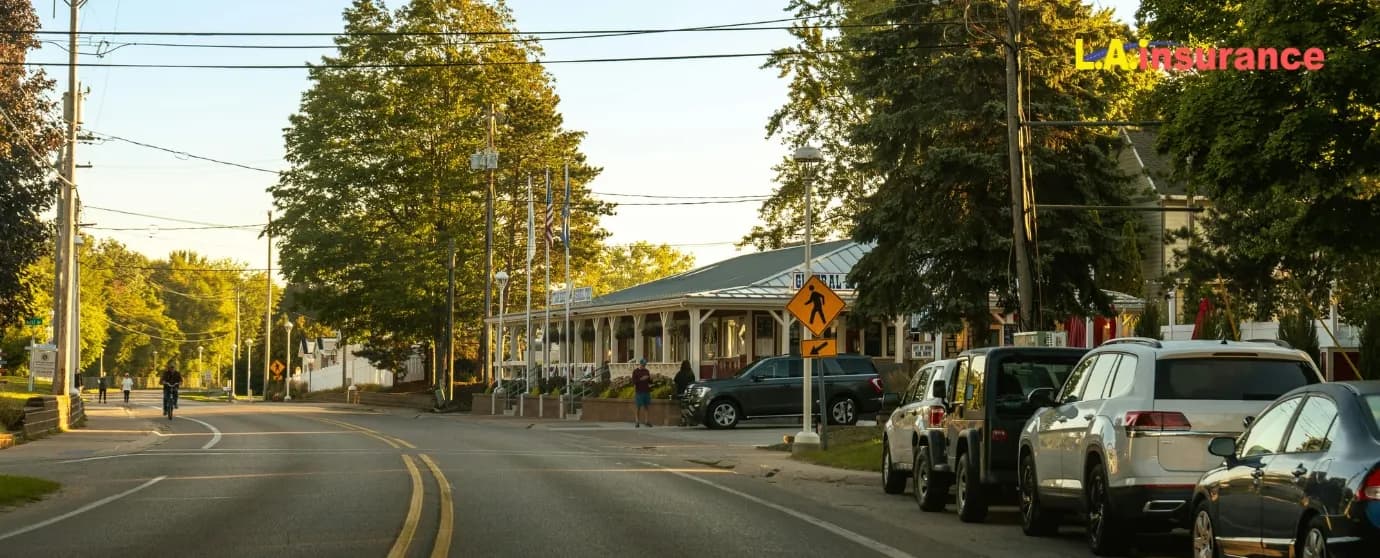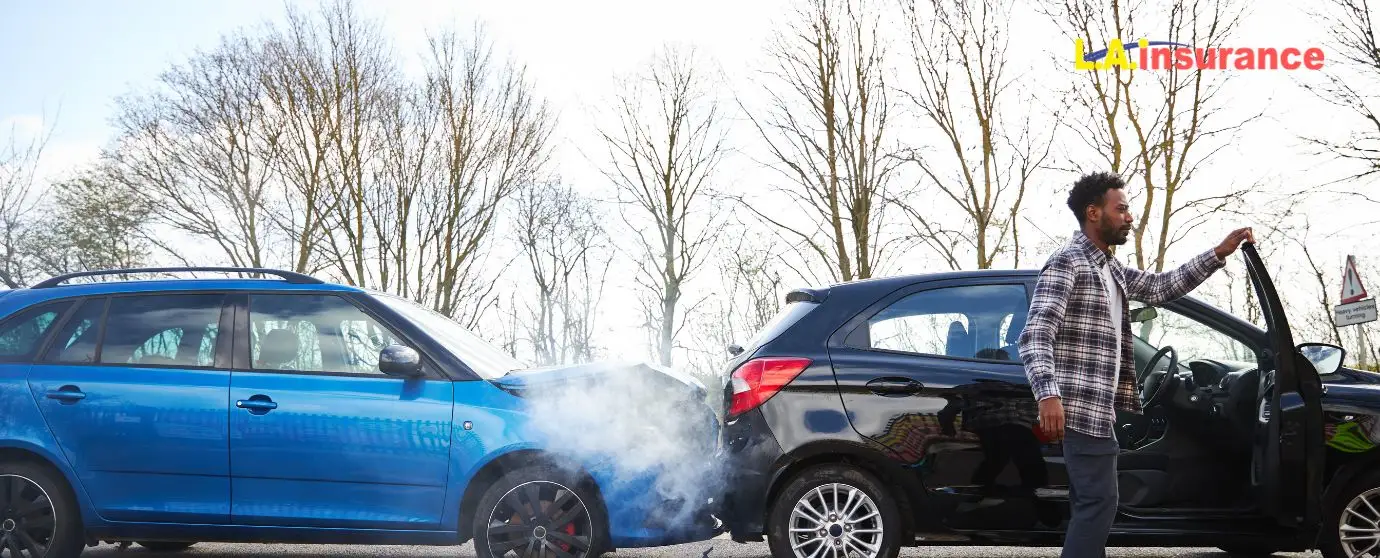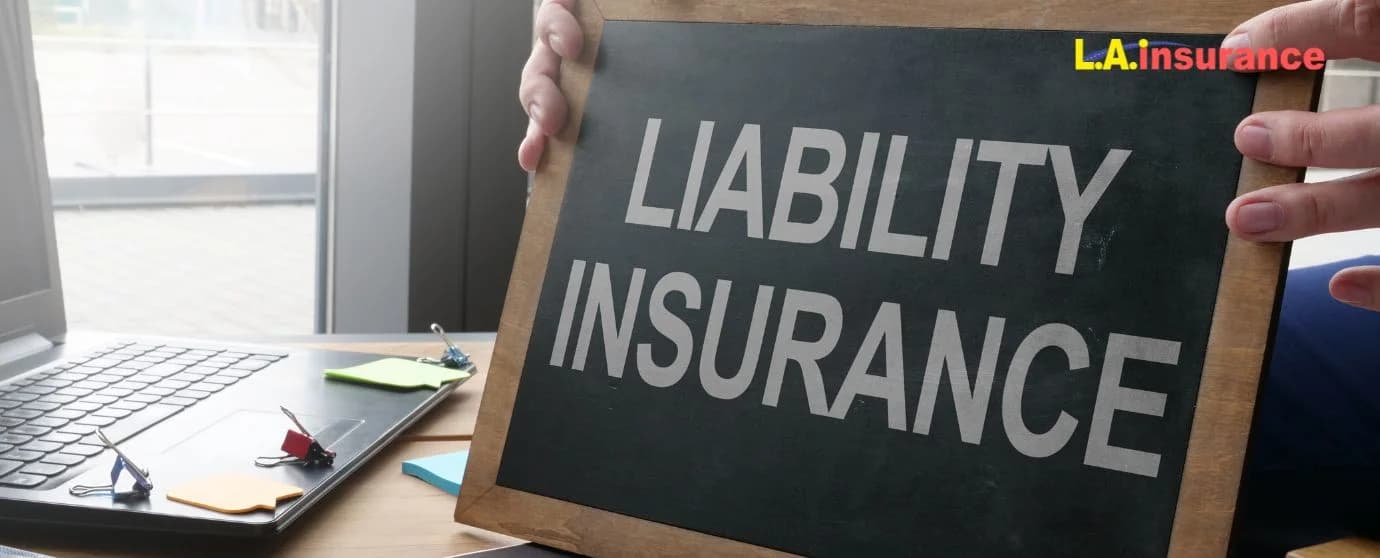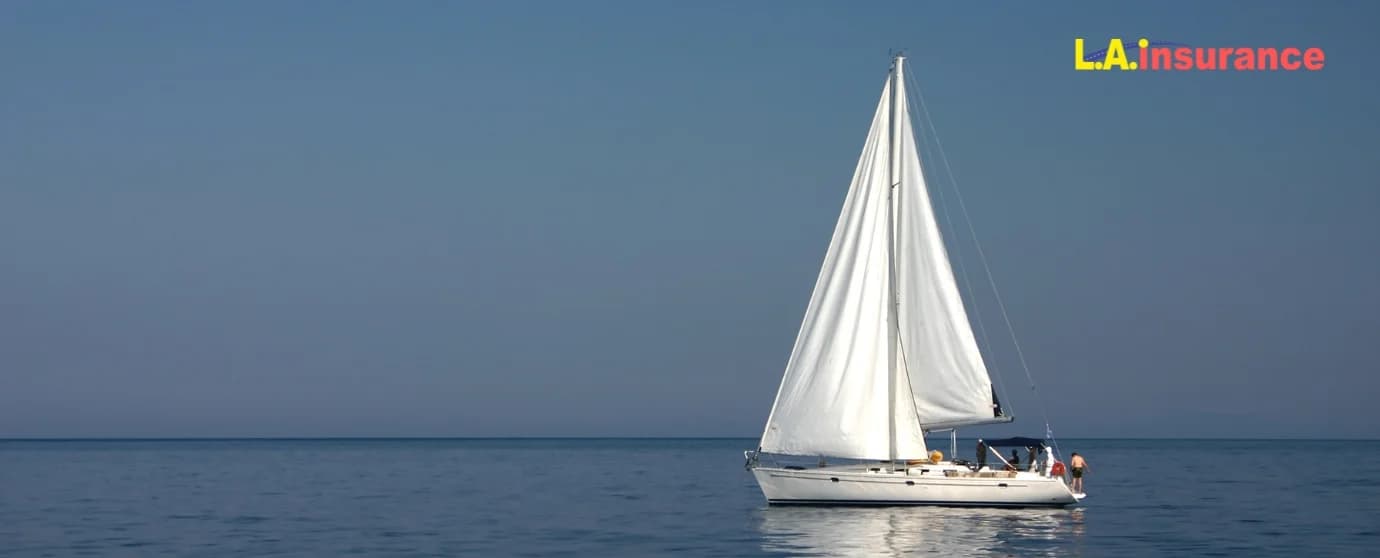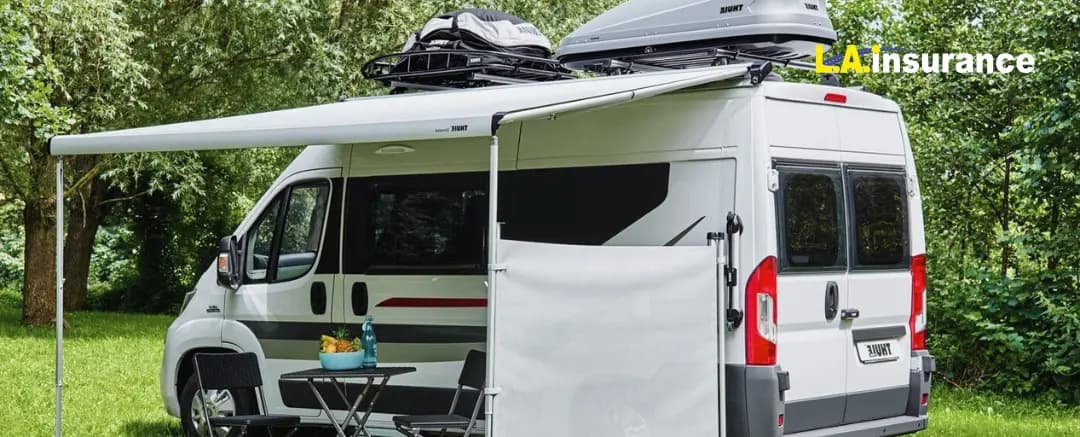
Publish Date: 17-05-2025
RV & Motorhome Insurance
Last Updated: 06-08-2025
Does RV Insurance Cover Awning Damage?
Replacing a torn RV awning isn’t cheap. On average, it can cost $680 to over $1,500 to repair or replace one. However, if you have a motorized retractable awning, it will cost even more. And if you’re unfortunate enough to deal with roof damage from a storm, collision, or even vandalism, the expenses can stack up fast. While facing these high expenses, the question that might cross your mind is: Does RV insurance cover awning damage? Or, even more importantly, does your insurance cover roof damage too?
The short answer is yes. RV insurance can cover awning and roof damage to your RV, motorhome, or travel trailer. However, it depends on the insurance policy you carry. If you have comprehensive or collision insurance coverage, and if your awning damage or roof leaks are under a covered peril, such as accidents, fire, vandalism, storms, wind, or other natural disasters, then your insurer will pay to repair or replace the awning, minus the policy’s deductible.
Common Causes of RV Awning Damage
Before your insurance covers awning damage to your RV, motorhome, campervan, or travel trailer, they have to determine how the damage occurred. If it’s under a covered peril, then they will pay for it. Otherwise, the insurer may deny your awning damage claim even if you have the right coverage. That’s why you should be aware of the most common causes that may damage your RV canopy.
Here are some common causes every RV owner should watch out for:
- Strong Wind: Even a short gust can twist or rip the awning.
- Storms: Heavy rain or hailstones can sometimes create dents, cracks, or punctures in the awning fabric.
- Fire: The thin vinyl or fabric of the RV awning is usually not fire-resistant.
- Falling Tree Branches: A heavy tree limb can crush the frame.
- Vandals: Sadly, some people damage property for no reason.
- Negligence: Leaving the awning out during rough weather is risky.
- Improper Setup: If not secured well, it may snap or bend.
- Accident: Backing into a pole or vehicle can cause serious harm.
- Wear and Tear: The RV awning has a limited life expectancy. So, long-term use weakens the fabric and frame.
- Flood: Standing water can rot or stain the awning.
Your RV awning is more fragile than it looks. It may look sturdy, but it doesn’t take much to ruin it. From unpredictable weather to minor mistakes, damage can happen in the blink of an eye.
Surprising Fact: Fire is one of the most significant causes of RV damage, including the awning and roof. According to the website of the Federal Emergency Management Agency (FEMA), RV fires averaged a financial loss of $15,350 per incident between 2018 and 2020.
What Kind of RV Insurance Covers Awning and Roof Damage?
If your awning is damaged or your roof takes a hit, the repair costs can be quite high. Thankfully, if you have comprehensive and collision insurance coverage, you’re covered. Let’s explain how these coverages help you pay for awning and roof damage, and in what situations.
Comprehensive RV Insurance
This is your best ally when nature or unexpected events strike and damage your motorhome’s awning. Comprehensive RV insurance covers damages that happen without a collision.
It helps when your recreational vehicle is harmed by a covered peril. Such as:
- Hail
- Flood
- Fire
- Wind
- Vandals
- Theft
- Falling objects like a tree limb
- Animal Collisions
For instance, if a storm tears your RV's awning or a branch crushes the roof, your insurance coverage may repair or replace the damage, minus the deductible, of course.
In other words, this coverage helps when the damage is out of your control.
Comprehensive coverage also protects the water damage to your RV if caused by sudden leaks, if they are from a covered peril and not due to wear and tear or negligence.
Collision RV Insurance
On the other hand, collision coverage protects you when your RV hits something or gets hit.
Whether you:
- Back into a pole
- Get hit by another vehicle
- Scrape under a low bridge
- Sideswipe a fence
- Hit a guardrail
Your collision coverage can cover the repair costs to your awning and roof, depending on the impact. Also, if someone else caused the accident, their liability insurance might pay. But if they’re uninsured or underinsured, collision insurance will step in and get you out of this financial mess.
Are you a full-time RV resident, or do you use it for vacation? Do you need full-timer RV insurance? Or do you simply want to protect your awning from accidents or unexpected events? We can help you regardless of the situation. Ensure the safety of your RV awning with the most affordable insurance agency. Get our cheap RV and motorhome insurance today. Call us at (800) 893-9393 or receive an RV insurance quote online.
Is a Broken Awning Also Covered by RV Insurance?
Yes. A broken RV awning can be covered by your insurance. But it depends on how it broke.
If your awning is damaged due to a covered peril, as mentioned above, like wind, hailstorms, vandals, or even an accident, your insurance policy will pay for the repair or replacement of the shade.
However, if the damage was caused by regular wear and tear, poor maintenance, or negligence, it won’t be covered. Every awning has a limited life expectancy, depending on the material or fabric. So, before you file a claim, make sure the damage isn’t due to aging.
How Does Homeowners' Insurance Cover RV Awning Damage?
You might be surprised, but in some cases, your homeowners insurance can help cover the repair of a damaged RV awning. However, there is a condition.
The homeowners insurance only applies to your recreational vehicle when it’s parked on your property. If it’s on the road or campsite, then it won’t be useful.
Simply put, if your RV awning is damaged while parked under a carport, in a garage, or beside your house, it may be protected under personal property coverage or other structures coverage.
Please keep in mind that filing a claim through homeowners insurance could raise your premiums. So, it’s often smarter to file only when the damage cost is higher than your deductible. You shouldn’t also consider homeowners insurance as your primary coverage for RVs. It is never ever a substitute for proper recreational vehicle insurance.
When Does RV Insurance Not Cover Awning Damage?
As we said before, how the RV awning damage occurred always matters when it comes to insurance coverage. In many situations, even if you carry the right coverage, you might not get any financial reimbursement from your RV insurance carrier. Here’s when your claim may be denied:
- Wear and tear: Long-term sun damage or fabric aging isn’t covered.
- Negligence: Forgetting to retract the awning during a storm can void coverage.
- Improper maintenance: Failing to repair loose bolts or damaged parts may be seen as neglect.
- Manufacturer defects: Factory flaws usually fall under a warranty, not insurance.
- Improper installation: If your awning wasn’t installed correctly, it may not be eligible.
- Damage from full-time use without full-time coverage: Some RV insurance policies exclude full-time RV living unless explicitly stated.
- Exclude perils: If the cause isn’t a covered peril like wind, flood, or hail, the insurer won’t pay.
- Lack of right coverage: If you only have liability coverage, your awning damage won’t be covered.
Does RV Insurance Also Cover Roof Leaks?
Yes, as long as you carry comprehensive and collision insurance. Any form of RV roof damage, including roof leaks, is covered by this insurance if the damage is the result of severe weather such as floods, a fallen tree, a storm, hailstones, fire, or accidents.
However, if the leak results from regular wear and tear, negligence, delamination, or lack of maintenance, your RV insurance likely won’t help.
How to Detect a Leak in Your RV’s Roof
Roof damage can be costly. However, if you can spot the roof leak early, you can save yourself from costly repairs. Here’s what to look for:
- Check the ceiling and walls for soft spots, stains, or discoloration.
- Inspect seams and joints where the roof meets vents, fans, or AC units.
- Look around for roof attachments, like solar panels or awning brackets.
- Test with a water hose to mimic rain and spot interior drips.
- Feel for dampness near light fixtures or under roof panels.
- Watch for bubbling or delamination on the ceiling.
- Check after every trip, especially if you have been through severe weather.
How to Protect Your RV’s Awning and Roof from Unexpected Damage
It’s not that hard to keep your RV awning and roof safe. You can remember and exercise a few simple steps to prevent costly awning and roof damage and avoid unnecessary insurance claims.
Here's how to protect your recreational vehicle from this sort of damage:
- Retract the awning during high winds, storms, or when not in use.
- Inspect seals and seams regularly to catch small cracks before they become leaks.
- Clean the roof and awning seasonally using proper tools and cleaners.
- Tighten bolts and secure any loose awning parts.
- Store your RV under a covered structure, or use an awning cover.
- Don’t park your RV under a tree if the weather is bad.
- Avoid full exposure to the sun and rain for long periods.
- Always carry full insurance coverage, including collision and comprehensive.
Related FAQs: Is RV Awning Damage Covered by Insurance
Does Full coverage RV insurance cover awning and roof damage?
Yes, if you have collision and comprehensive coverage. It covers awning and roof damage from accidents or covered perils. However, liability insurance alone won’t protect your awning. Check your insurance policy for limits and exclusions.
Is it worth filing a claim for RV awning or roof damage?
Yes, if the repair cost exceeds your deductible. For example, a $1,500 repair with a $500 deductible is worth it because you’ll pay $500, and the insurer will cover the remaining $1,000.
How do I file a claim for RV awning damage?
Start by contacting your insurance agent or company. If you’re with L.A. Insurance, speak to a local representative. Share the photos of the damage and share your policy number. One of our adjusters will process the claim soon.
What is the life expectancy of an RV awning?
Most RV awnings last 5 years to 15 years. It depends on maintenance, usage, and weather exposure. Frequent storm, sun, and wind contact reduces lifespan. Proper care helps delay wear and tear and costly replacement.
How much does it cost to put an awning on an RV?
The cost usually ranges from $400 to $2,500. Vinyl is more expensive than cotton canvas, but it lasts longer. Manual awnings cost less than motorized ones. Both labor and materials impact the total price.
Related Readings:
Tag :
RV & Motorhome Insurance
RV insurance
